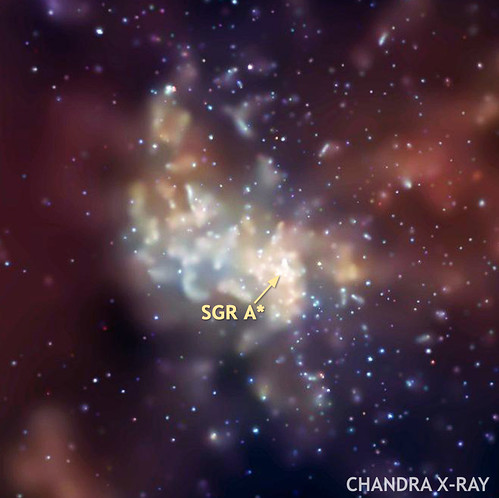The Satcom Africa 2008 conference just wrapped up four days at the Sandton Convention Center in Johannesburg — and naturally that means there’s a bit of news to catch up on from all the tradeshow announcements.

First up, Tatanet announced its plans to set up a satcom network in Africa:
Tatanet, a satellite communication systems integrator, has bagged a contract to set up a satellite communication to provide internet connectivity across 53 countries across the African continent. The financial terms of the contract were not disclosed.
The company has bagged the order from the public sector unit Telecommunications Consultants India Ltd (TCIL), which is implementing the e-network project on turnkey basis. The network will create a network for tele-medicine, tele-education, internet, video conferencing, telecommunication, and e-governance services, Tatanet said in a statement.
Tatanet, a division of Nelco, is a satellite communication project systems integrator and V-Sat service provider.
Lot of use of the word "bag" as a verb in that excerpt, no?
The UAE’s Yahsat was at Satcom Africa for the first time to remind satcom players that it, too, is moving into the African market:
Yahsat earlier signed an agreement with Arianespace to launch the Yahsat 1A satellite in the second half of 2010. The satellite is currently being manufactured by the consortium of EADS Astrium and Thales Alenia Space. Another agreement was also signed with International Launch Services (ILS) to launch the Yahsat 1B satellite in first half of 2011.
And Intelsat, one of the main sponsors of SatCom Africa 2008, is intent on bringing mobile telephone service via satcom to greater parts of Africa:
Intelsat currently runs 53 out of the 250 satellites that orbit the earth at a height of 30000km, serving mainly Africa.
The company provides capacity to 200 clients, including Multichoice, Vodacom, Internet Solutions, Verizon Business and national signal distributor Sentech….
Intelsat Africa has identified Africa, where populations are spread out and where the terrain make it too expensive to roll out extensive infrastructure, as its key market for introducing complete cellular coverage.
How will all of these initiatives in Africa effect prices? Ugandan ICT minister Alitumba Nsambu, who delivered the keynote address at the conference, noted that "many African countries regard satellite as an old and expensive technology" that drives up communications costs, leading some nations to turn to undersea cables and optical fibre networks.
That discussion, which has been playing out through legislative wrangling over the allocation of C-band spectrum, continued through the conference. SA’s science and technology minister Mosibudi Mangena, however, noted satellite still had a critical role to play in SA, in addressing the disparity of connectivity:
Satellite can be used in SA to provide connectivity in under-serviced areas, he said. “We view satellite as very important – integrating the country, building a more equal society.”
Hartshorn agreed, stating that the biggest satellite roll-out has been for e-government services. Satellite services are finding their way into the mix and developing applications to serve the poor. “So it’s an exciting time for them.”















